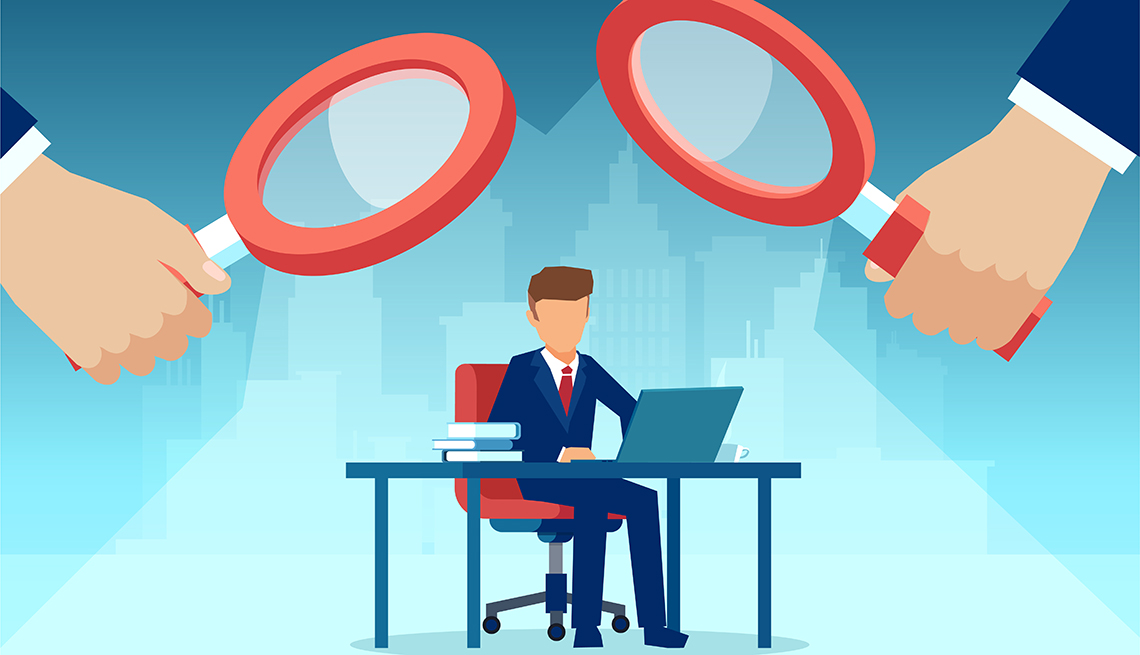
Is your boss spying on you while you work from home?
- Select a language for the TTS:
- UK English Female
- UK English Male
- US English Female
- US English Male
- Australian Female
- Australian Male
- Language selected: (auto detect) - EN
Play all audios:
Bennett Cyphers, a staff technologist at EFF, holds a similar view: “I can’t think of a valid use for anything that is that invasive,” he says. “Managers will talk about when you’re in the
office, you can kind of look over their shoulder and stuff. But no manager is looking over your shoulder 100 percent of the time. And no manager is scrolling back through every action you’ve
taken on your computer to look at what you clicked on at 9:17 a.m., or like how exactly you typed an email.… It’s an escalation over what was ever possible in the physical workplace.”
Software from Teramind, based in Aventura, Florida, is somewhat typical of these surveillance tools. It can monitor an employee’s keystrokes and mouse activity, and even detect when a user
tries to fool the system by punching in nonsense or repetitive movements of the mouse with no real activity, such as going back and forth between tabs, according to Eli Sutton, Taramind’s
vice president of global operations. Teramind can report which websites or applications consume most of an employee’s time and determine if those websites and applications are “productive.”
Social media posts and emails can also be monitored, Sutton says, including the subject line, body of the missive and attachments. The tool can flag keywords or attachments by extension,
size or content, and block actions deemed potentially harmful to the organization, such as preventing employees from sharing sensitive data or using foul language when emailing customers. A
manager can also view the live desktop of a connected user and take complete control of the system in order to prevent malicious activity. Teramind can capture audio and grab screenshots or
video of what takes place on the computer and potentially collect evidence for forensic and investigative purposes. What Teramind doesn’t do, Sutton says, is remotely turn on a user’s
webcam. That “goes beyond the moral grounds of what we are trying to achieve.” Managers can configure another tracking program called Hubstaff, from an Indiana company of the same name, to
take random screenshots of an employee’s computer every 10 minutes. SOME OPERATE IN STEALTH MODE While some companies are up front with staffers about using monitoring tools — perhaps
spelling them out in an employee manual — others proceed in stealth mode. “It’s about 50-50, in our experience, of who actively talks about it and who does not,” says Elizabeth Harz, who, as
chief executive of Awareness Technologies, oversees cloud-based or on-premises employee monitoring software called InterGuard. Harz acknowledges that many of the businesses that track
workers have traditionally been very “spyware-ish.” “I’m on a mission to make it more transparent.” An InterGuard data dashboard lets managers see the hours an employee has logged, as well
as the person’s active versus idle time. It uses green, yellow or red color coding to show bosses whether a worker has been productive and, via a proprietary algorithm, calculates a
productivity score used to rank employees against peers. SOFTWARE CAN TAKE METHODICAL SCREENSHOTS InterGuard captures screenshots that can be played back in a video format. But it does not
record video, and the software cannot access a computer’s microphone or webcam. Managers can set the times during which the software is working, and an employee cannot turn it on or off.